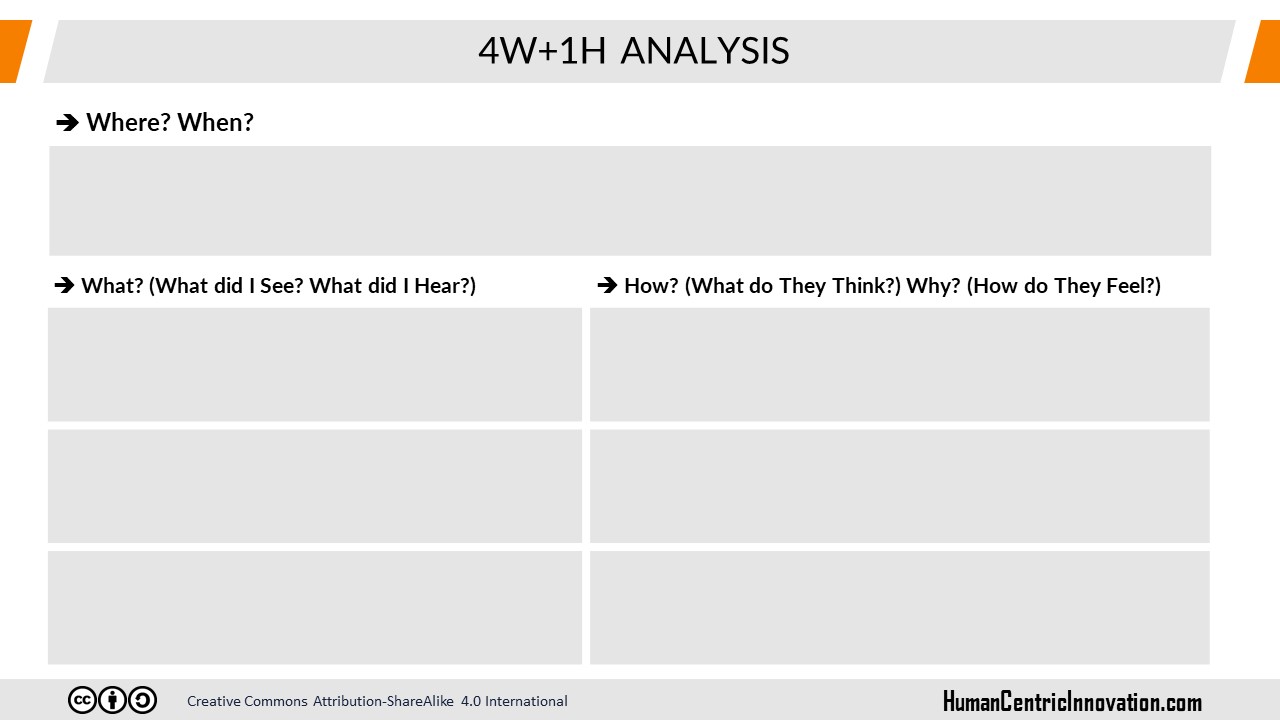HCI SYSTEM > TOOLSET
Interview
Interviewing is the most frequently used research tool in any field research. In a field research interview, a group of people from the target audience is questioned about their behaviors and choices face-to-face. The purpose of this questioning is to understand the target audience's emotions and thoughts about the research topic.
How It Works?
Step 1
Get Prepared
To improve the effectiveness of your interviews, it is important to design the interview process. First, list the set of questions you plan to find an answer with the interview tool. Then, discuss who you can ask these questions to and where. You can meet with individuals from your target audience individually or in groups. As you might expect, both types of interviewing approach have their own advantages and disadvantages. Evaluate which one would be more appropriate for your specific research topic and context. It is not possible to have a close and focused conversation with someone while also taking notes. Therefore, either conduct the interview with a partner or use a voice recorder. A typical interview plan consists of three stages: introduction, relationship building, and deepening. You can allocate 20% of your interview time to introduction and relationship building. The remaining time should be allocated to the deepening stage. Here is a rough explaination of these three stages:- Introduction: Introduce yourself and explain your purpose. Briefly talk about yourself and why you are doing the interview. If you are interviewing someone you don't know, you may need to make this section a little longer. Don't forget to emphasize that the data you collect will be used anonymously.
- Relationship building: Start by asking general and easy questions about life, values, and habits. For example: What kind of job do you have? What are the most difficult aspects of your job? What's your favorite part of that job? This will help you prepare the ground for asking specific questions that are directly related to your topic.
- Deepening: You need to go deep to explore the system of feelings and thought of your target audience. At this stage, you can use a few deepening techniques together, such as Story Hunting, Unusual Questions, Collage, Drawing, Modelling, Option Selling Game, and Ranking Game.
Login or register for free to get the full content.

